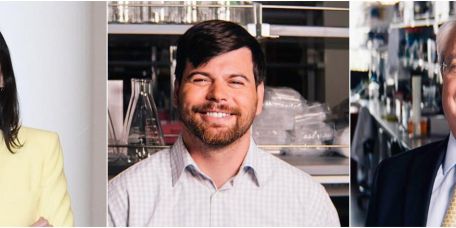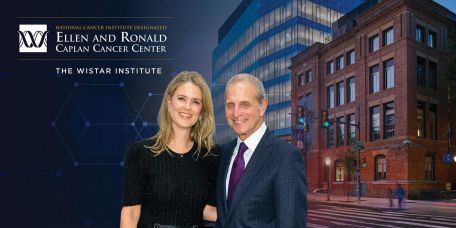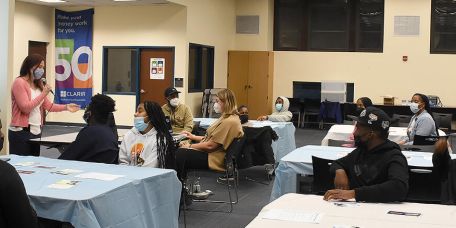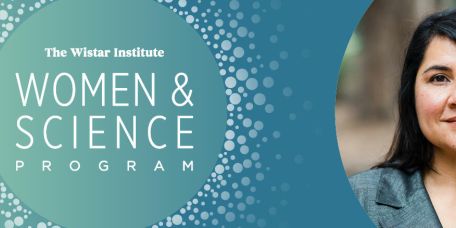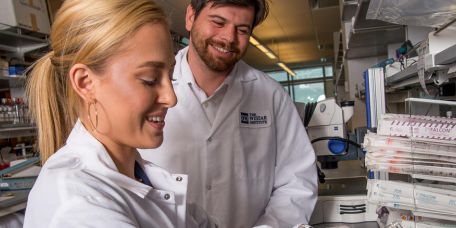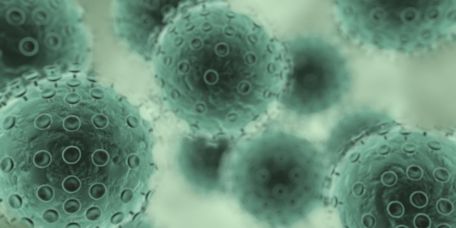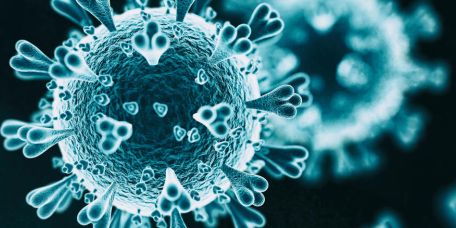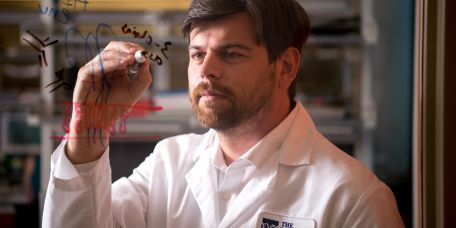The Wistar Institute
Highlighting Vaccine Research at The Wistar Institute Through the Penn-CHOP-Wistar Vaccine Symposium
From HIV to COVID-19, Wistar scientists are at the forefront of vaccine development. Read our recap of the recent Vaccine Symposium and the impactful research in progress at the Institute. This past Monday, The Wistar Institute, University of Pennsy…
The Wistar Institute Cancer Center to be Renamed with $10 Million Gift from Caplan Family to Advance Cancer Research
PHILADELPHIA — (March 8, 2022) — The Wistar Institute announces that Ronald Caplan, founder and president of PMC Property Group, Inc., and his wife Ellen have donated $10 million to Wistar’s prestigious National Cancer Institute (NCI)-designated Can…
Wistar’s Education & Training Team Visits Vaux High School to Connect on Life Science Careers
Wistar’s Drs. Kristy Shuda McGuire, dean of biomedical studies, and David Zuzga, associate dean of biomedical studies, spent an evening with students at Vaux Big Picture High School in north central Philadelphia to discuss all the STEM job opportuni…
Women & Science: Pain, Itch, and Inflammation
Dr. Diana Bautista has dedicated her professional life to the science of literal human connection: our sense of touch. A Howard Hughes Medical Investigator and professor of cell and developmental biology at University of California, Berkeley, Bautis…
Wistar Scientists Identify Therapeutic Target for Metastatic Cancers
Damaged “ghost” mitochondria are found to drive tumor progression. Metastasis, or the spread of cancer from one place in the body to another, is responsible for more than 90% of all cancer deaths. Therefore, determining how and why this happens is a…
Wistar Study Opens the Door to Faster, Cheaper HIV Vaccine Research
For the first time, scientists have developed an DNA-encoded immunogen that produces Tier-2 antibodies—the kind that matter for combatting HIV Nearly four decades after its discovery, HIV has killed 36.3 million people, with no vaccine in sight. Par…
Wistar Scientists Move HIV Vaccine Research Forward by Developing an Immunogen that Produces Tier-2 Antibodies—the Kind That Matter for Combatting HIV
PHILADELPHIA — (Feb. 4, 2022) — Nearly four decades after its discovery, HIV has killed 36.3 million people, with no vaccine in sight. However, a new study by researchers at The Wistar Institute, an international biomedical research leader in cancer…
Wistar Scientists Behind the Next Wave of COVID-19 Vaccines
Current COVID-19 vaccines were created in record time, but scientists are working to make better, longer lasting vaccines that could be used around the world. The first generation of COVID-19 vaccines have been highly effective, but also have limita…
Novel Nanoparticle SARS-CoV-2 Vaccine Combines Immune Focusing and Self-assembling Nanoparticles to Elicit More Potent Protection
PHILADELPHIA — (Feb. 1, 2022) — The first generation of COVID-19 vaccines have been highly effective, but also have limitations: their efficacy can wane without a booster shot, and they may be less effective against some variants. Now scientists at…
The Wistar Institute Hosts U.S. Department of Commerce Official Making Major Grant Announcements to Strengthen Workforce Pipelines in Philadelphia & Across the Nation
Wistar is a finalist of the STEM Talent Challenge to create a new life science workforce training program to address Pennsylvania industry growth and demand for skilled workers. U.S. Assistant Secretary of Commerce for Economic Development Alejandra…
